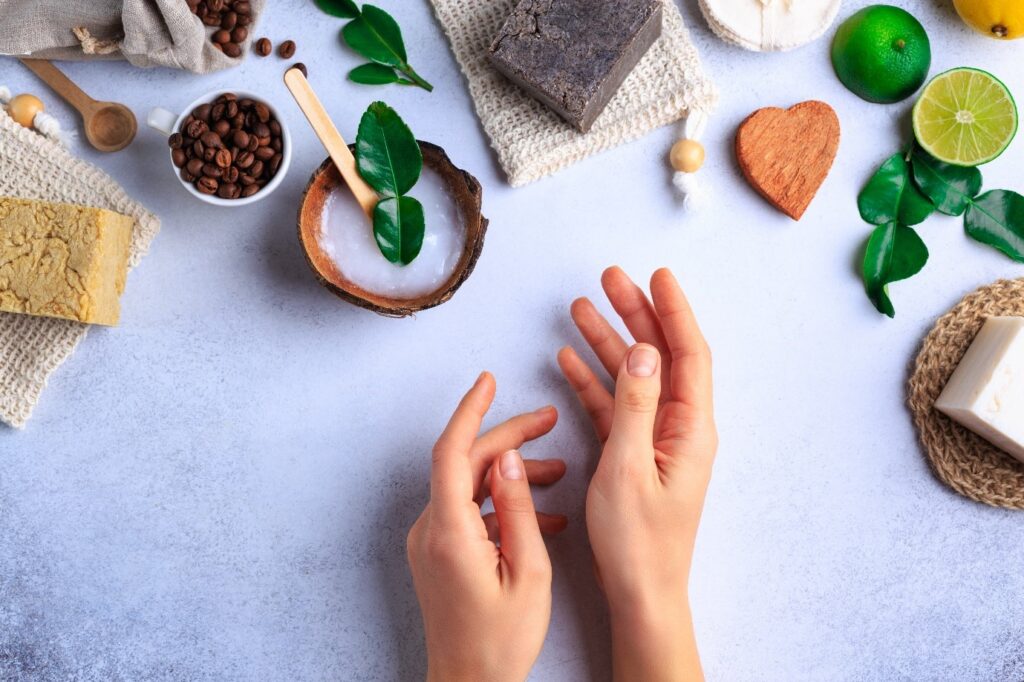Psoriasis is a chronic skin condition that affects millions of people worldwide, causing discomfort, embarrassment, and a reduced quality of life. While there are various treatments available in modern medicine, Ayurveda, the ancient Indian system of medicine, offers a unique and holistic approach to managing psoriasis. At the heart of Ayurvedic psoriasis management is the concept of balancing the doshas, which plays a pivotal role in the overall treatment process.
Understanding Psoriasis from an Ayurvedic Perspective
In Ayurveda, psoriasis is viewed as a disorder primarily associated with the imbalance of the doshas, particularly Pitta and Vata. Let’s delve into the Ayurvedic perspective on psoriasis and its symptoms:
Psoriasis in Ayurvedic Terms:
- Rakta Pitta Kustha: Psoriasis is often referred to as “Rakta Pitta Kustha,” which translates to a skin disorder characterized by imbalances in the blood (Rakta) and the fiery dosha Pitta. This imbalance manifests as red, inflamed, and scaly skin patches.
- Kandu and Daha: Itching (Kandu) and burning sensations (Daha) are common symptoms of psoriasis, indicating an aggravated Pitta dosha. These sensations can cause significant discomfort and distress.
- Ruksha Tvak: Psoriasis often results in dry and cracked skin (Ruksha Tvak), primarily due to an imbalance in Vata dosha. This dryness contributes to the characteristic scaling seen in psoriasis.
- Sandhigata Vata: In some cases, psoriasis can lead to joint pain and stiffness, a condition known as “Sandhigata Vata.” This symptom is associated with the involvement of both Vata and Pitta doshas.
Balancing Doshas: The Ayurvedic Approach
Ayurvedic treatment for psoriasis revolves around the concept of restoring dosha balance to the individual. Here’s how it works:
1. Dosha Assessment: Ayurvedic practitioners assess an individual’s constitution (Prakriti) and the current state of their doshas (Vikriti). This evaluation helps determine the imbalances that need to be addressed.
2. Dosha Pacification: The treatment plan is then tailored to pacify the aggravated doshas. For Pitta-dominant psoriasis, cooling and soothing remedies are prescribed to reduce inflammation and heat. For Vata-related symptoms like dryness and scaling, moisturizing and nourishing treatments are recommended.
3. Dietary Modifications: Ayurvedic dietary recommendations are aimed at balancing the doshas. For example, individuals with Pitta-dominant psoriasis are advised to avoid spicy and acidic foods and opt for cooling, Pitta-pacifying options.
4. Herbal Remedies: Ayurvedic herbs like Neem, Manjistha, and Turmeric are known for their anti-inflammatory and skin-soothing properties. These herbs are often included in psoriasis treatment regimens.
5. Stress Management: Ayurveda recognizes the link between stress and psoriasis flare-ups. Stress management techniques such as yoga and meditation are recommended to promote emotional well-being.
In conclusion, Ayurveda’s approach to managing psoriasis goes beyond treating surface symptoms. By identifying and addressing the dosha imbalances at the root of the condition, Ayurvedic treatments aim to provide long-lasting relief and improved skin health. It is important to consult with a qualified Ayurvedic practitioner to receive personalized guidance and treatment for your unique psoriasis condition. Balancing the doshas is the key to managing psoriasis effectively and achieving holistic well-being.



